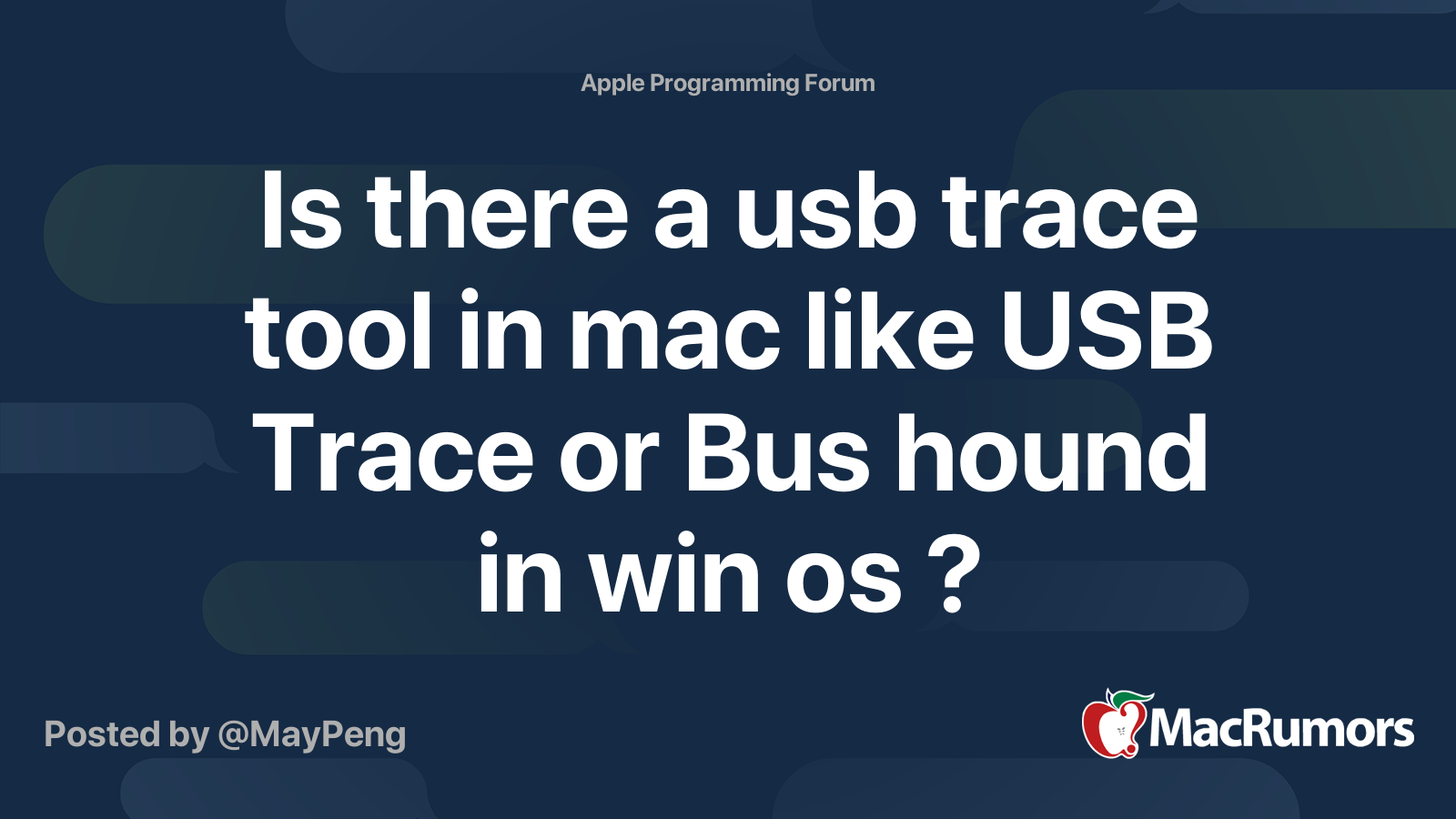USB Probe– USB configuration display utility
- UniBeast is a tool by MacMan and tonymacx86 to create a bootable USB drive from any Mac App Store purchased copy of OS X. This is an all-in-one bootable USB drive can also be used as a rescue boot drive for system recovery. However, without this tool, there is TransMac that you can use them on your Windows operating system.
- To capture USB configuration data on a Mac system download the USB Prober for either Snow Leopard or Lion (and above) and invoke the application. With 10.13 and above you may see this dialog: To overcome this warning, copy the utility to a folder, right click.
This utility can be used to show key elements of a USB device on a Mac system to allow us to configure the UPDD driver sufficient to connect to the device and capture touch data.
1 If you do not have the USB connector, open Smart Switch Mobile in “Settings” on your new phone or download Smart Switch for PC/Mac. For a wire transfer, device must be a Galaxy device with Android™ 4.3 or higher, iOS 5 or higher, or BlackBerry® 7 OS or lower. Just in case someone lands here in search for a updated version of USB Prober.app: I've found the one within the iOUSBFamily for 10.9.4 (referenced above) still works in Mojave (10.14.6) and since there has been no 32bit Warning from Mojave when i started it there is a good chance it will still launch in Catalina (10.15) which has just been released. Besides that, when it comes to Safari, Mac search engine, there are some notable improvements with the update. The users can now control annoying auto-play videos, prevent tracking, and more. There are also notification controls, and you will experience a boost in performance, too. The most noticeable changes took place in Apple’s Photo App.
The useful data that can be captured with this utility is:
- USB Vendor id
- USB Product id
- USB Interface and Endpoint utilisation
With this information we should be able to configure UPDD to capture the touch data from the device. Please note this will only capture the touch data packet delivered to a Mac host which could be different to the data delivered to a multi-touch aware host, such as Windows 7 / 8, if using a multi-touch touch screen. Some touch screen USB controllers react to various USB commands sent from the host system and in the case of Windows 7 / 8 will deliver a multi-touch data packet and a single touch packet in other host systems. If your are using a multi-touch controller and we discover that a single touch packet is delivered to the Mac then you will have to capture a USB trace on a Windows 7 / 8 system to capture the USB command that switches the device into multi-touch mode. We can then send the same command from UPDD to enable multi-touch mode in other operating systems.
To capture USB configuration data on a Mac system download the USB Prober for either Snow Leopard or Lion (and above) and invoke the application. Once invoked, select the Bus Probe tab
and use the Save Output option to save the entire USB probe profile to a log file and send us the log file:
Example USB probe profiles for various touch screens
Touch screen with 1 Interface, 1 ‘In’ Endpoint
In this instance we can easily determine the endpoint used to deliver the touch data

Touch screen with 1 interface, 2 endpoints, 1 ‘In’ endpoint
In this instance we can easily determine the endpoint used to deliver the touch data
Touch screen with 5 interfaces, each with 1 ‘in’ endpoint
In this case we would need to experiment to find out which interface was delivering the touch data. In this instance we happen to know the ‘multi-touch’ data is being delivered on interface 3:
For further information or technical assistance please email the technical support team at technical@touch-base.com
These advanced steps are primarily for system administrators and others who are familiar with the command line. You don't need a bootable installer to upgrade macOS or reinstall macOS, but it can be useful when you want to install on multiple computers without downloading the installer each time.
What you need to create a bootable installer
- A USB flash drive or other secondary volume, formatted as Mac OS Extended, with at least 12GB of available storage
- A downloaded installer for macOS Big Sur, Catalina, Mojave, High Sierra, or El Capitan
Download macOS
- Download: macOS Big Sur, macOS Catalina, macOS Mojave, or macOS High Sierra
These download to your Applications folder as an app named Install macOS [version name]. If the installer opens after downloading, quit it without continuing installation. To get the correct installer, download from a Mac that is using macOS Sierra 10.12.5 or later, or El Capitan 10.11.6. Enterprise administrators, please download from Apple, not a locally hosted software-update server. - Download: OS X El Capitan
This downloads as a disk image named InstallMacOSX.dmg. On a Mac that is compatible with El Capitan, open the disk image and run the installer within, named InstallMacOSX.pkg. It installs an app named Install OS X El Capitan into your Applications folder. You will create the bootable installer from this app, not from the disk image or .pkg installer.
Use the 'createinstallmedia' command in Terminal
- Connect the USB flash drive or other volume that you're using for the bootable installer.
- Open Terminal, which is in the Utilities folder of your Applications folder.
- Type or paste one of the following commands in Terminal. These assume that the installer is in your Applications folder, and MyVolume is the name of the USB flash drive or other volume you're using. If it has a different name, replace
MyVolumein these commands with the name of your volume.
Big Sur:*
Catalina:*
Mojave:*
High Sierra:*
El Capitan:
* If your Mac is using macOS Sierra or earlier, include the --applicationpath argument and installer path, similar to the way this is done in the command for El Capitan.
After typing the command:
- Press Return to enter the command.
- When prompted, type your administrator password and press Return again. Terminal doesn't show any characters as you type your password.
- When prompted, type
Yto confirm that you want to erase the volume, then press Return. Terminal shows the progress as the volume is erased. - After the volume is erased, you may see an alert that Terminal would like to access files on a removable volume. Click OK to allow the copy to proceed.
- When Terminal says that it's done, the volume will have the same name as the installer you downloaded, such as Install macOS Big Sur. You can now quit Terminal and eject the volume.
Use the bootable installer
Determine whether you're using a Mac with Apple silicon, then follow the appropriate steps:
Apple silicon
- Plug the bootable installer into a Mac that is connected to the internet and compatible with the version of macOS you're installing.
- Turn on your Mac and continue to hold the power button until you see the startup options window, which shows your bootable volumes and a gear icon labled Options.
- Select the volume containing the bootable installer, then click Continue.
- When the macOS installer opens, follow the onscreen instructions.
Intel processor
- Plug the bootable installer into a Mac that is connected to the internet and compatible with the version of macOS you're installing.
- Press and hold the Option (Alt) ⌥ key immediately after turning on or restarting your Mac.
- Release the Option key when you see a dark screen showing your bootable volumes.
- Select the volume containing the bootable installer. Then click the up arrow or press Return.
If you can't start up from the bootable installer, make sure that the External Boot setting in Startup Security Utility is set to allow booting from external media. - Choose your language, if prompted.
- Select Install macOS (or Install OS X) from the Utilities window, then click Continue and follow the onscreen instructions.
Learn more

For more information about the createinstallmedia command and the arguments that you can use with it, make sure that the macOS installer is in your Applications folder, then enter the appropriate path in Terminal:
Usb Prober Mac Download For Pc
- Big Sur: /Applications/Install macOS Big Sur.app/Contents/Resources/createinstallmedia
- Catalina: /Applications/Install macOS Catalina.app/Contents/Resources/createinstallmedia
- Mojave: /Applications/Install macOS Mojave.app/Contents/Resources/createinstallmedia
- High Sierra: /Applications/Install macOS High Sierra.app/Contents/Resources/createinstallmedia
- El Capitan: /Applications/Install OS X El Capitan.app/Contents/Resources/createinstallmedia
Mac Download Game
A bootable installer doesn't download macOS from the internet, but it does require an internet connection to get firmware and other information specific to the Mac model.

Comments are closed.